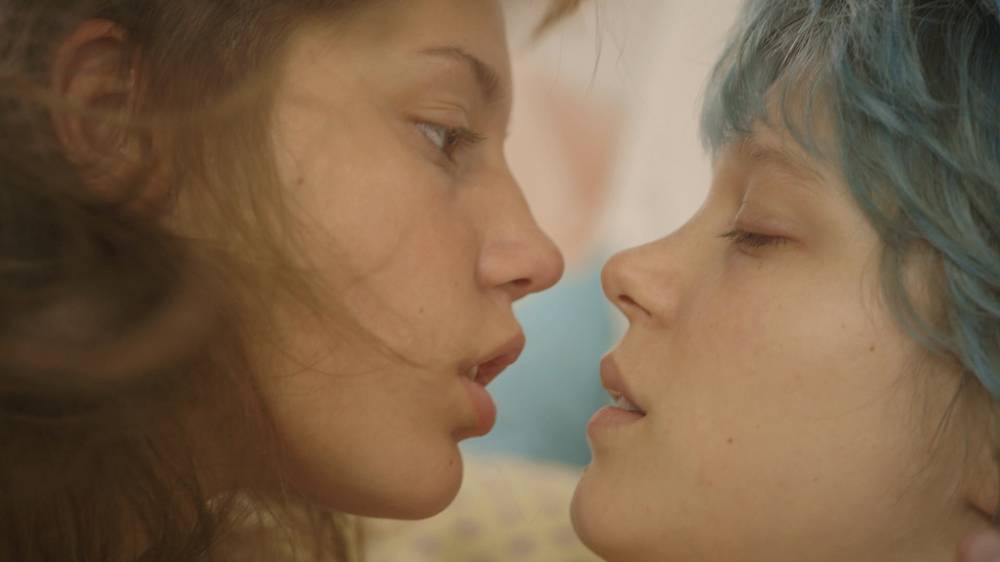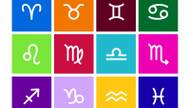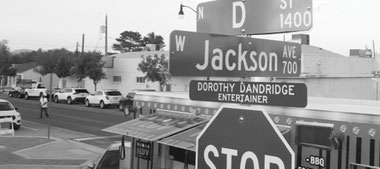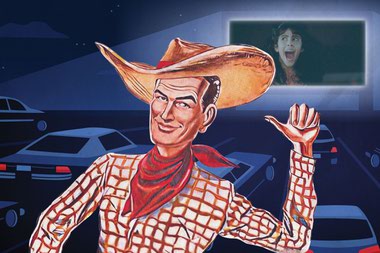
Blue Is the Warmest Color Léa Seydoux, Adèle Exarchopoulos, Salim Kechiouche. Directed by Abdellatif Kechiche. Rated NC-17. Opens Friday.
Controversy has swirled around Blue Is the Warmest Color, the three-hour French lesbian romance that won the Palme d’Or at this year’s Cannes Film Festival. First, Julie Maroh, the author of the graphic novel from which it was adapted, publicly complained that the film’s male director, Abdellatif Kechiche, had demonstrated no understanding of how two women actually have sex, calling Warmest Color’s graphic and lengthy sex scenes “a brutal and surgical display.” Then the two lead actresses, veteran Léa Seydoux (Mission: Impossible - Ghost Protocol) and newcomer Adèle Exarchopoulos, told the press that they’d found making the movie a punishing experience, a statement to which Kechiche took great offense. More recently, New York Times film critic A.O. Scott enraged conservatives by applauding one New York theater’s refusal to enforce the movie’s NC-17 rating, admitting that he’d let his own 14-year-old daughter see it.
None of this hullabaloo really matters, though. The film’s sex scenes may or may not represent what lesbians actually do (a binary question that strangely assumes erotic homogeneity for a large group of people—all we know for sure is that Warmest Color doesn’t represent Maroh’s experience), and they may or may not be appropriate for mature teenagers, but they occupy only about seven percent of its running time. The other 93 percent is a richly detailed portrait of a relationship as it runs its course from infatuation to disillusionment over several years, in which the fact that both parties are women is mostly and thankfully taken for granted.
That the film runs three hours isn’t mere indulgence—the additional length affords an opportunity to capture these two young people in all their muddled complexity, without constantly resorting to narrative shorthand. And whatever unpleasantness Seydoux and Exarchopoulos suffered apparently inspired them to magnificent performances—Exarchopoulos, in particular, traffics in feelings so raw that they’re almost painful to observe, with Kechiche’s camera serving as an emotional microscope. Viewers seeking cheap thrills based on the press coverage will be disappointed. For fans of intelligent, beautifully acted and extremely talky French dramas, however, it’s a movie to cherish.







